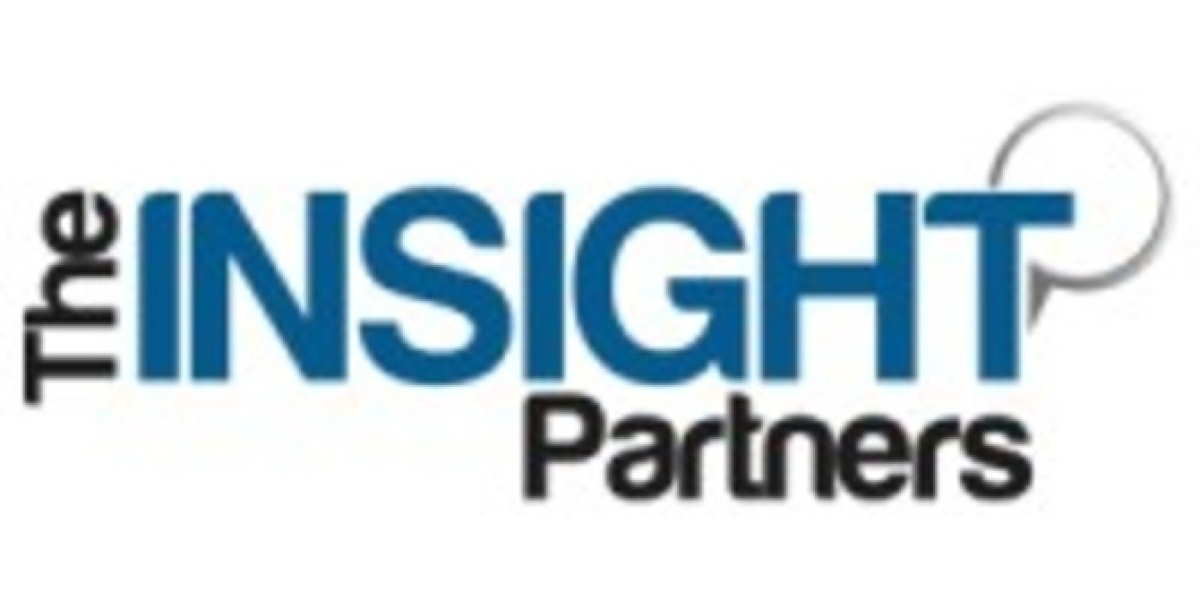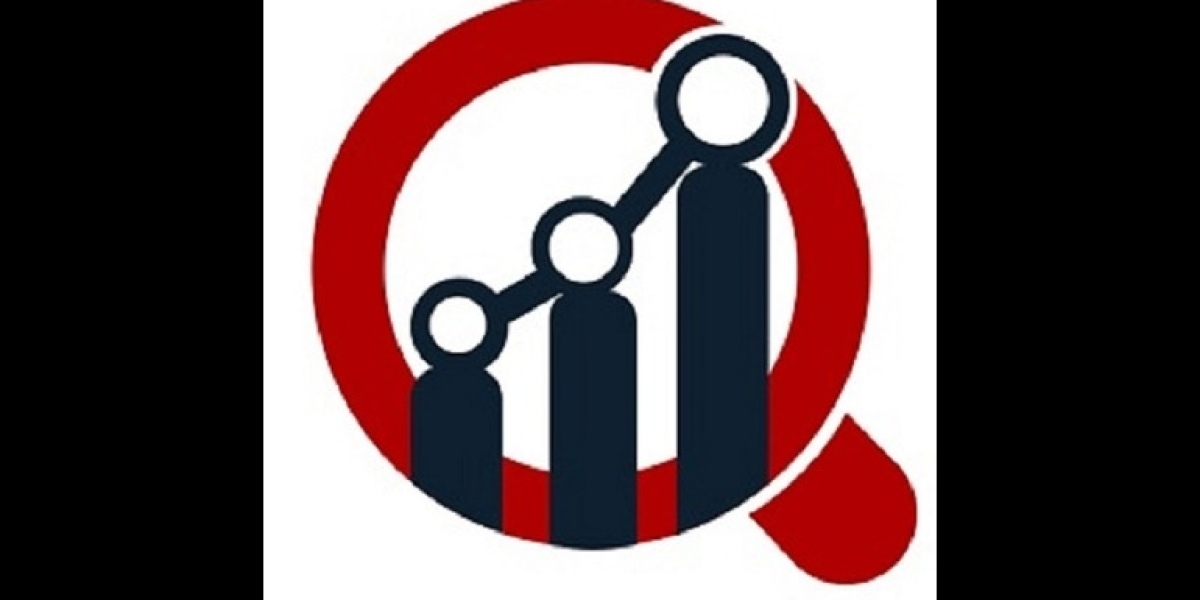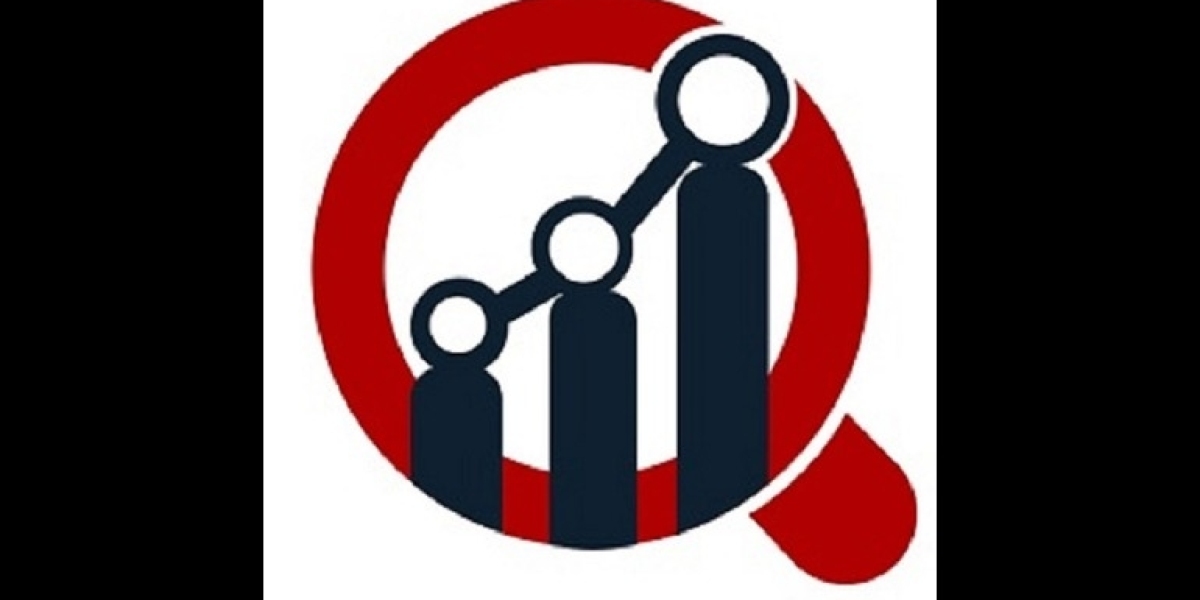The polyisobutylene (PIB) market is a vital part of the broader synthetic rubber and polymer industry, driven by its unique combination of chemical properties and versatile performance. Polyisobutylene, a synthetic elastomer, is widely recognized for its impermeability to gases, resistance to oxidation and chemicals, and ability to maintain flexibility over a broad range of temperatures. These characteristics make it an essential ingredient across industries such as automotive, construction, pharmaceuticals, and packaging. As global industries push for greater durability, performance, and sustainability in materials, polyisobutylene continues to prove its value in both established and emerging applications.
One of the core areas of demand for polyisobutylene is the automotive sector. PIB is a key component in the manufacturing of inner tubes and tubeless tire liners due to its excellent air retention properties. As vehicle manufacturers strive to improve fuel efficiency and safety, tires with better inflation retention and performance characteristics are critical. Additionally, PIB is used in engine oil additives and fuel additives, helping to reduce engine wear and improve combustion efficiency. With the global focus on cleaner transportation and enhanced automotive durability, polyisobutylene’s role in improving engine and tire longevity remains essential.
Get Sample Report: https://www.theinsightpartners.com/sample/TIPRE00004683
The construction industry also benefits significantly from polyisobutylene’s weather-resistant and water-repellent properties. PIB-based sealants and adhesives are commonly used in insulating glass units, roofing membranes, and waterproofing systems. In environments where exposure to UV rays, ozone, and temperature fluctuations is inevitable, PIB maintains its performance over time, preventing leaks and structural degradation. As urban development increases and energy-efficient building standards become more prevalent, materials like PIB are crucial in maintaining airtight and moisture-resistant building envelopes.
In the healthcare and pharmaceutical industries, polyisobutylene finds application in packaging and drug delivery systems. Its non-toxic, non-reactive nature makes it suitable for contact with sensitive compounds. It is used in pharmaceutical stoppers, sealants for syringes, and in certain transdermal drug delivery systems. Its flexibility and chemical stability make it ideal for applications where sterility and compatibility with active pharmaceutical ingredients are essential. With rising global healthcare needs and the expansion of pharmaceutical production, PIB’s use in safe and reliable medical packaging continues to grow.
The packaging industry is another key consumer of polyisobutylene, especially in flexible packaging and sealant applications. Its ability to form strong, long-lasting seals makes it ideal for food-grade packaging and industrial containers. As the demand for longer shelf life and leak-proof solutions rises in food and beverage logistics, PIB-based materials are playing a central role in enhancing product protection and reducing spoilage. Moreover, with the global shift toward environmentally friendly packaging solutions, PIB’s recyclability and performance characteristics offer an edge in sustainable material development.
Market Segmentation
By Molecular Weight
· Low
· Medium
· High
By Product
· Conventional PIB and Highly Reactive PIB
By Application
· Tires
· Industrial Lubes and Lube Additives
· Fuel Additives
· Adhesives and Sealants
By End-Use Industry
· Industrial
· Food
Key Players
· BASF SE
· Braskem SA
· Daelim Industrial Petrochemical Division
· Ineos AG
· Infineum International Limited
· Kemat Polybutenes
· Kothari Petrochemicals
· Sibur Holding PJSC
· The Lubrizol Corporation
Geography
· North America
· Europe
· Asia-Pacific
· South and Central America
· Middle East and Africa
Research and development activities in polymer science are also contributing to the evolution of the PIB market. Advances in PIB modification and formulation have enabled the production of high molecular weight and highly reactive variants. These new grades offer improved processing capabilities, adhesion, and compatibility with other polymers and additives. Such innovations expand the range of applications for PIB, allowing manufacturers to tailor properties for specific industrial uses. As customization becomes more important in material selection, polyisobutylene’s adaptability ensures its continued relevance.
Environmental regulations and sustainability considerations are increasingly influencing the PIB market. Manufacturers are exploring more energy-efficient production methods, recycling initiatives, and the development of bio-based PIB alternatives. These efforts aim to reduce the environmental impact of PIB manufacturing while maintaining the high performance standards that the industry demands.
Conclusion
The polyisobutylene market is built on a foundation of versatility, reliability, and enduring performance. With applications ranging from automotive and construction to healthcare and packaging, PIB plays a critical role in enhancing product quality, safety, and longevity. As industries evolve to meet new performance and environmental standards, polyisobutylene remains a dependable material capable of adapting to changing needs. Continued innovation, coupled with an emphasis on sustainable practices, will ensure that PIB maintains its strong market position in the years to come.







